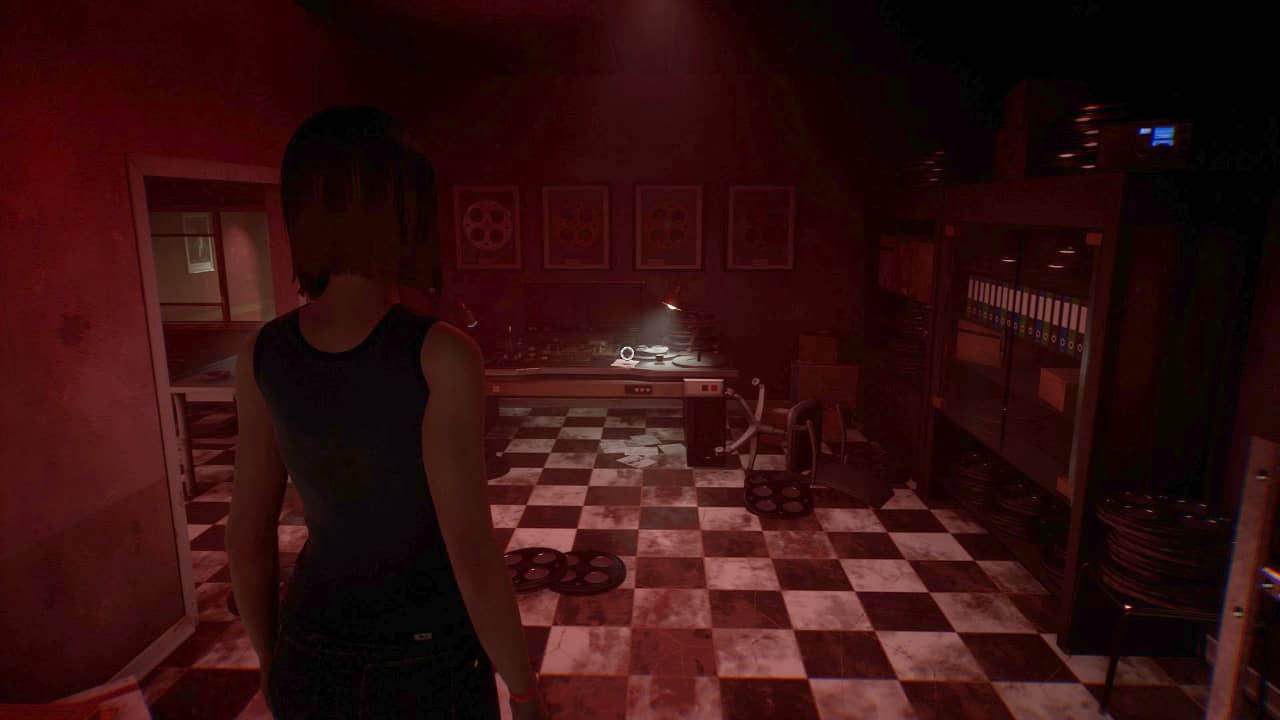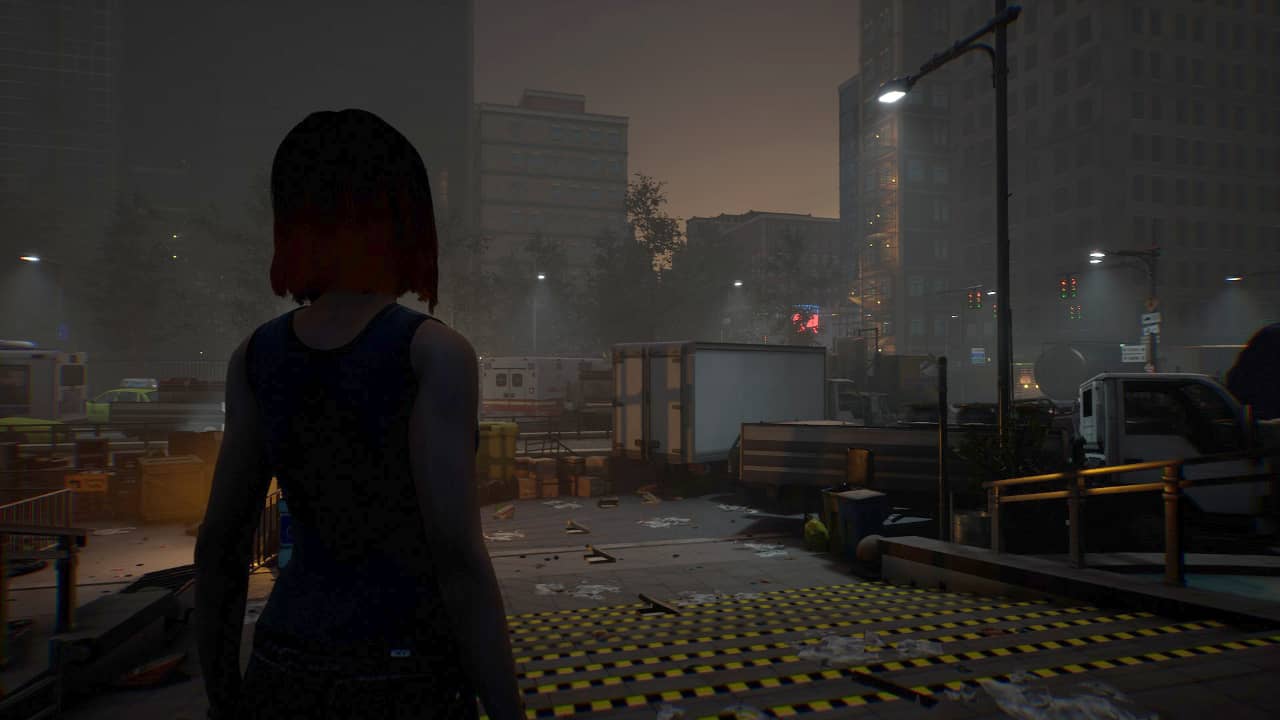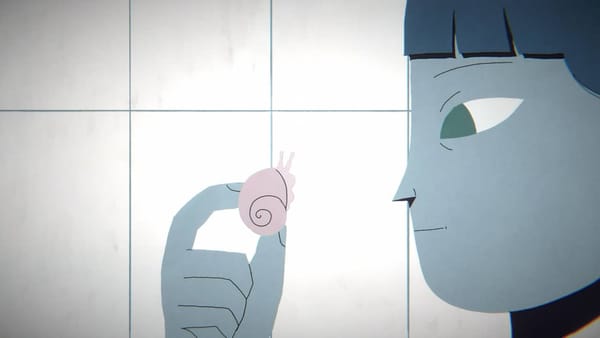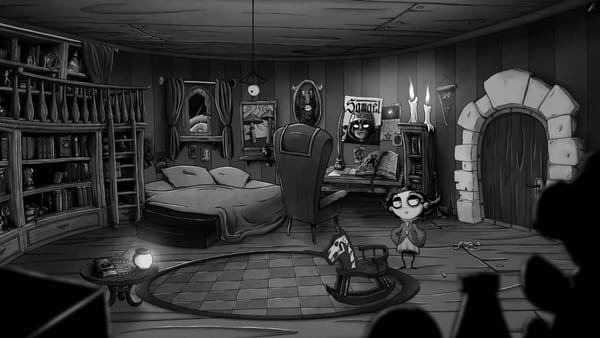Bugger. I didn’t realise there would be horror elements in Edengate: The Edge of Life, but here we are, walking down an empty hospital corridor a la The Waking Dead, and some creepy little kid who must have used The Ring (the original) as their inspiration on how to carry their posture is making me edgy. I thought it was a sci-fi game.
Hook’s latest is more sci-fi than horror, taking inspiration from the recent pandemic. You remember that, don’t you? The game is open for interpretation, in my opinion, but the face value of the game is about a brilliant young scientist named Mia Lorenson, who may have found a cure for EVERYTHING.
She wakes up in a hospital with amnesia, without a single soul in sight. Your task is to piece together what has happened in the world around her and even find out some home truths about who Mia is or was. It’s a third-person experience, and let’s just put it out there; it’s a walking simulator.

Edengate: The Edge of Life Review
The best way I can describe Edengate: The Edge of Life for people not keen on reading or who want everything summed up in a comparison is this: Resident Evil without the guns or zombies. Or difficult puzzles. It certainly looks the part. I played mainly in 1080p but upped the quality to realise the full capabilities. Not only is it a nice-looking game, but the soundtrack is perfectly ambient throughout.
Those elements are needed in the game as they’re more of the driving force than the narrative or gameplay. As Mia, you will look through abandoned items like books, leaflets and look at graffiti to build a bigger picture and work out what the door codes are for each. Alas, the writing’s on the wall (quite literally), as it’s blatantly obvious what the codes are. A code that is the year of a book’s publication felt lazy. Lacking any action elements, the other tasks involve pushing bins (highlighted to indicate exactly where they should go), and bending the light to get past some tentacles, similar to Somerville.
Edengate: The Edge of Life isn’t sounding that great at the moment – especially if I tell you you’ll complete it in less than a couple of hours. That’s reflected in the price, and some of us genuinely like to be able to finish a game in a reasonable amount of time, don’t you know? There aren’t any difficulty levels or deaths, so it’s a breeze.

Isolated
Alas, I started to lose interest, despite the short runtime, about halfway through. A few Control-like elements were introduced, with plenty of new concepts hinted at. Believe me, I love the ambiguity, which will add to the draw of the game for some, but it went off the rails in the second half, and I did not care so much about Mia and her plight. The somewhat abrupt ending won’t give enough closure for some, either.
The walking simulator in Edengate: The Edge of Life eventually took its toll, and the calculated paths of ‘let’s block the player with this railing that’s 1ft high, but allow them to climb another object’ were monotonous, though my biggest beef was why Mia didn’t put a top on. Wasn’t she cold? Lara Croft, she ain’t. Still, that pandemic atmosphere was captured very well and is a bit of a looker. I doubt you’ll get more than two playthroughs out of it, but for the price, it’s fair.
By the time I’ve written this Edengate: The Edge of Life review, a fair amount of reviews have appeared on Steam, which currently sits at mixed. To tackle the negatives, the game is short, but that’s only negative if you’re expecting a big game for the price (it’s 30GB!). The story certainly isn’t unfinished, but I would assume the writer aims to evoke a mood or for the player to insert their own blank based on their relatable experience. Ok, maybe you didn’t have amnesia or wake up in an abandoned hospital, but still… I agree with the ‘on rails’ aspect, and there’s nothing to challenge in the way of gameplay. Again, look at the price; if you want an open-ish narrative, it could be one to look out for.










